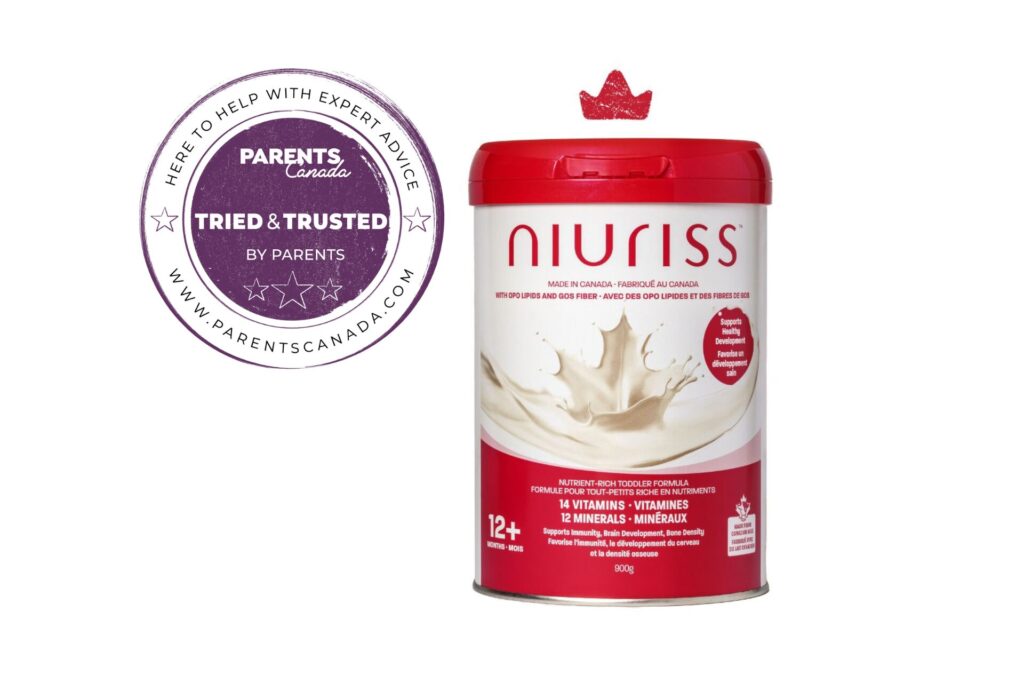
Science fiction author Ray Bradbury once said, “Touch a scientist, and you touch a child.” Scientists, after all, are like children in that they, more than anyone, have retained their childlike curiosity about the cosmos. For them, the most exciting journeys begin, not with a “Eureka!” but with an observation along the lines of “hmmm, that’s strange…”
And, given the daunting challenges that face humanity today, it’s vital that our children retain that curiosity and their willingness to search for answers. A plethora of hurdles face our children:
- reversing and/or reacting to climate change
- feeding the planet
- bringing life back to the oceans
- unravelling the secrets of the quantum universe while understanding a cosmos so vast that it defies imagination. The list seems endless.
But in a world that is intensely and increasingly dependent on science and technology, a growing number of our children have no idea how it all works. In Kindergarten to Grade 6, science education has taken a back seat to numeracy and literacy. That’s not to say that those subjects aren’t valuable; they are. But the failure to engage young imaginations in scientific inquiry has spilled into to the higher grade levels and to post-secondary education where an increasing number of students eschew the challenges of science degrees.
It’s a trend that is concerning for today’s scientists and many of them are calling for a renewed emphasis on science in our schools, including a renewal and expansion of the concept of science fairs. There are a lot of reasons for the dearth of science fairs in Canadian schools.
Brad McCabe, the executive Director of Youth Science Canada says that schools need to have a strong advocate for science. “In the same way as a volunteer coach, whether it’s a teacher or community volunteer, can make a difference in a school’s volleyball program, science really needs someone to champion the cause.”
The results can be phenomenal, says Brad. “We’re way beyond baking soda volcanoes.”
For example, Brad points to some of the projects that have made it to the National Competition. One student developed a way for ALS patients to move a computer cursor with their gaze. Another found a way to use nanofluids to improve the efficiency of solar collectors. A third wondered if sand filters might help to clean the tailing ponds at the Alberta oil sands. Industry experts are now investigating the viability of that idea.
Brad’s organization helps to coordinate science fairs at both the regional and national levels. “We have half a million students involved in more than 15,000 schools, but a lot more could be done to make it better.”
He says part of the problem lies in the fact that many teachers have never taken more than a minimum number of science classes themselves. “It’s not a requirement and we know that a teacher who isn’t scientifically literate will tend to shy away from emphasizing scientific inquiry in the classroom. That needs to change.”
One way in which Youth Science Canada is trying to help bring about that change is through the delivery of professional development workshops. “We train between 1,500 and 2,000 teachers a year as well as school board staff and department heads. But, training aside, in the end it takes someone to come forward and say, ‘let’s make this happen’.
“But you don’t need to be a scientist to make it happen,” says Brad. “We can steer people to all the resources that they might need. All that’s required is a belief in the value of science and the incredible imagination and abilities of our children. They need a champion.”
Perhaps change is coming. Despite a general decline in science scores in Canadian schools, at Carleton University the trend is exactly the opposite. Dr. Malcolm Butler is the Dean of Science at Carleton and he says that his institution has seen a dramatic increase in the number of students enrolling in science-based studies. He says that, at least in part, the work on public television of people like Bill Nye and Neil deGrasse Tyson to popularize scientific thought can be credited for changing the way young people perceive science. “It’s showing young people that in order to speak with credibility and authority, they have to understand the science.”
Dr. Butler says that the programs at Carleton don’t just require that students understand the science that they are learning; they need to be able to communicate their findings to a lay public.
“We have to remember that we need kids to be aware of the context in which they work; the political and social environments in which they live. They need to be able, not just to find the answers, but to have skills to speak in public and make others understand and accept the facts.”
Dr. Butler volunteers to judge science fairs in Ontario and says that he’d love to see science fairs become the norm for all schools in Canada. “These events allow children to use their imaginations and learn how to tackle a problem. They learn about critical thinking and give them the skills to transcend their values and ask questions that may challenge the way they were taught to see the world,” he says. “More than anything, perhaps the greatest value is found in learning how to rebound from mistakes.”
Space to explore
 Canadian astronaut Steve MacLean flew the space shuttle Columbia in 1992. After the 2003 disaster in which it disintegrated upon re-entry, he helped revive the space program and in 2006, he went aboard the shuttle Atlantis.
Canadian astronaut Steve MacLean flew the space shuttle Columbia in 1992. After the 2003 disaster in which it disintegrated upon re-entry, he helped revive the space program and in 2006, he went aboard the shuttle Atlantis.
Keeping the spark of scientific curiosity alive in today’s children is a responsibility that we need to take seriously, says Steve.
“Science is the fabric that supports decision making,” he says.“If we can keep our children engaged in science, free of the biases that beset older generations, we’ll give them the tools to show leadership into the future; to use what they’ve learned, to do the right thing for the planet.”
Steve cites the work that he did aboard the space shuttle. “We watched the planet breathe. We collected information on greenhouse gases, atmospheric particulates and levels of CO2 that went a long way in stirring the world to take action. It was science that did that…not philosophy.”
Steve says school science fairs are incredibly rewarding. “They give children an understanding of the scientific method of inquiry,” he says. “I’ve helped to judge these events and have been amazed at the innovation and imagination of children…it’s a gift that we need to nurture and develop for all our sakes.”
 Canadian-American astrophysicist Sara Seager has been called the “astronomical Indiana Jones” by Nasa’s PlanetQuest and is the intellect behind the Seager Equation: a method to accurately estimate the number of planets in any given galaxy.
Canadian-American astrophysicist Sara Seager has been called the “astronomical Indiana Jones” by Nasa’s PlanetQuest and is the intellect behind the Seager Equation: a method to accurately estimate the number of planets in any given galaxy.
“We need to nurture the natural curiosity of children, not drive it out of them through rote learning experiences,” says the MIT professor. “My grandfather used to call schools ‘prison for children’, and he made it his goal to make certain that I never stopped asking questions or trying to find the answers.”
Sara feels that we need to find a way to rework schools to encourage inquiry and investigation. “Science fairs are one way of doing that,” she says, “but every day gives us the opportunity to seek answers about the world around us.” She recounts how, when her children told her about a claim that gummi-bears would expand in liquid, she encouraged them to try soaking them in a variety of liquids to see which were most effective. “We went through five pounds of gummi-bears,” she laughs. Sara says knowledge of science is critical for the future. “One of the reasons that we have a hard time convincing people of climate change is that the science is based on a series of equations that are probably understood by only a few hundred people on the planet. That has to change.”
Tim Collins is a writer and journalist in Victoria, B.C. His passion for improved education, particularly in the sciences, is rooted in concern for his two six-year-old grandchildren, upon whom he is counting on to repair the damage done by his generation.
Originally published in ParentsCanada magazine, September 2015.










